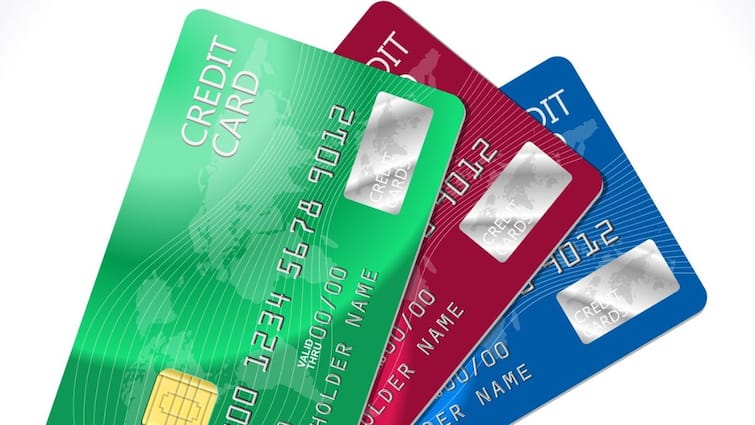Credit cards are an incredibly useful borrowing tool. However, they can also be rather expensive if not used right. Credit card interest rates tend to range between 30–42 per cent annually, making them among the costliest forms of debt.
Here’s an example: If you pay only the minimum due on your credit card bill of Rs 50,000, that could cost you an additional Rs 15,000 in interest within a year. You can, however, avoid this unnecessary added debt by making small changes in how you use your credit card, which can not only bring down interest payments, but also save you money. Let’ dive in to know more.
Always pay more than the minimum due
Paying only the minimum due may keep you from defaulting, but it barely reduces your debt. On a balance of Rs 20,000, if you make the minimum payment of Rs 1,000, you’ll still pay interest on the remaining Rs 19,000. At 36 per cent annual interest, that can alone be about Rs 570 a month. Always aim to clear the full bill, or at least pay as much as possible, to cut interest and stop it from compounding.
Use the interest-free period smartly
Credit cards offer up to 45 days of interest-free credit if you clear dues on time. Plan big-ticket spends right after your billing date to maximise this window. Even partial repayment before it ends helps cut interest costs. But remember, this does not apply to cash withdrawals.
Consider a balance transfer to a low-interest card
If you’re stuck with high-interest debt, consider a balance transfer card. It lets you transfer dues to another card at a lower rate, sometimes even zero interest for a few months. For instance, shifting Rs 1 lakh from 36 per cent to 12 per cent could save you Rs 24,000 a year. Just watch out for processing fees and clear the new card in full, or the costs can pile up again.
Convert big purchases into EMIs
Big spends like a phone or laptop can rack up heavy interest if left unpaid. Instead of rolling over the balance, convert them into EMIs. These usually come at lower rates, cutting costs sharply. For instance, a Rs 60,000 purchase at 36 per cent costs Rs 21,600 in a year, but as a 12-month EMI at 18 per cent the interest drops to about Rs 5,400.
Negotiate with your bank
You don’t always have to accept the interest rate your bank charges. If you’ve been a reliable, long-standing customer, it’s worth asking for a lower rate or a waiver on some fees. Even a small cut can save you thousands over the year. For example, if your interest rate drops from 36 per cent to 28 per cent, that means about Rs 4,000 in annual savings on a Rs 50,000 balance. Banks value loyal customers with good repayment records, so a simple phone call can make a real difference.
Spread your spending across cards
If paying your full bill is tough, split your spends between two cards. Clear one in full each month to avoid interest costs and carry a smaller balance on the other card. This reduces interest costs and still strengthens your credit score.
Avoid cash withdrawals
Avoid cash withdrawals using your credit card. Interest kicks in from day one, and added fee can make it a costly mistake. A Rs 10,000 withdrawal can set you back over Rs 800 in just a month. Unless it’s an emergency, avoid it altogether.
Credit card interest builds up fast if you let it. You can keep it in check with a few smart moves like paying more than the minimum, timing your spends, using balance transfers or EMIs, and steering clear of cash withdrawals.
(The author is the CEO at BankBazaar.com. This article has been published as part of a special arrangement with BankBazaar)



